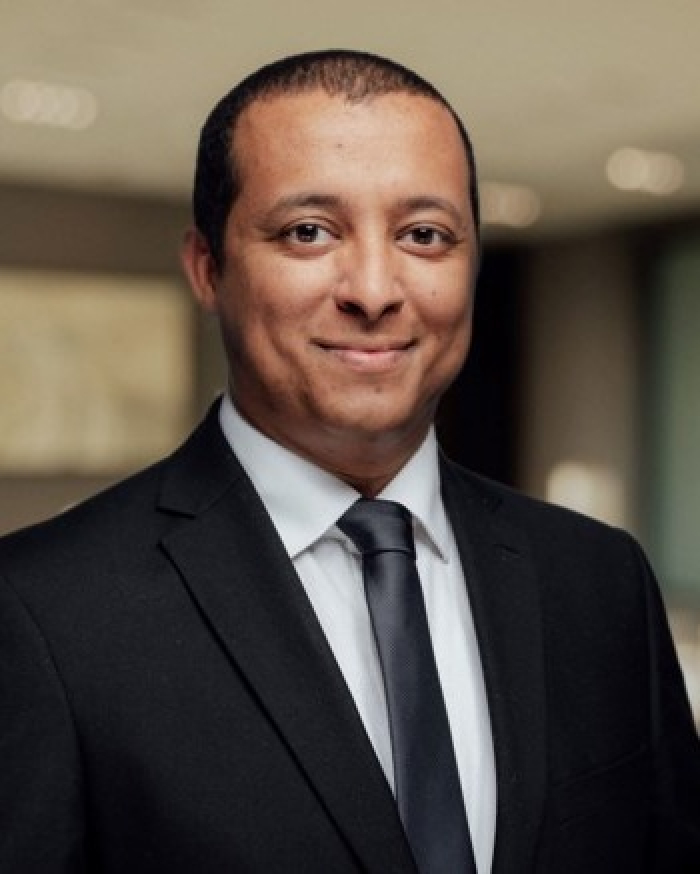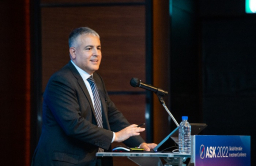-
KOSPI 2577.27 -2.21 -0.09%
-
KOSDAQ 722.52 -7.07 -0.97%
-
KOSPI200 341.49 +0.02 +0.01%
-
USD/KRW 1396 -2.00 0.14%
Whole loans offer funding solution for stretched borrowers: Savills IM
Private debt
Whole loans offer funding solution for stretched borrowers: Savills IM
Specialized debt products help bridge funding gap, Savills' debt research analyst Mohamed Ali says
Oct 26, 2023 (Gmt+09:00)
6
Min read
News+

Mohamed Ali, a senior debt research analyst at DRC Savills Investment Management, explains the unique benefits of whole loan investments, and why they offer such a compelling investment case, particularly in the UK and Europe where demand is rising rapidly.
Real estate debt has become an increasingly popular choice for investment managers seeking exposure to the commercial real estate market. It offers investors downside protection through the underlying security of the property it is linked to, and regular income payments from the borrower with margins of up to 10%.
While there are different types of debt investments, such as high yield, senior and whole loans with different risk-return profiles, it is the whole loan proposition that is catching the eyes of investors in today’s turbulent market.
So why whole loans, and why now?

The UK and Europe in particular are facing a huge wave of maturing loans. Up to €93 billion worth ($98.6 billion) of loans will need refinancing by 2026, according to US real estate manager AEW Capital Management.
In addition, the recent uptick in interest rates has pushed property values down, meaning that property owners may need to borrow more money to meet the minimum loan-to-value (LTV) ratios demanded by their lenders.
For example, if an asset owner took a loan of £1 million ($1.2 million) at 60% LTV, and the property value has now dropped by 20%, they will have an asset worth £1.3 million at an LTV of 75%. Come the time to refinance, they will need to find extra equity to pump into the property plus find a deal with a more generous LTV or risk being unable to refinance their debt.
For many borrowers, this presents a genuine dilemma. Banks have tightened their lending criteria, including lowering LTVs and raising coupons, in order to reduce risk and meet regulatory requirements.
This is creating a funding gap in the market which, fortunately, alternative lenders are stepping forward to fill, and whole loans are an ideal solution.

HIGHER RETURNS
Whole loans typically function like a senior mortgage, meaning they are first in line for any capital on the sale of the underlying asset.
Also, they offer LTVs of up to 70%, which is a generous level compared to senior loans that typically limit LTVs to around 50%. In addition, they offer greater margins than senior loans – typically 350 to 450 basis points (bps) on whole loans compared to 125 to 250 bps on senior loans.
While high-yield debt offers bigger margins, typically 10%, they are higher up the risk spectrum, ranking behind senior and whole loans if the underlying asset has to be sold and the proceeds split between lenders.

For example, compare the incremental return for the extra leverage provided by a 65% LTV whole loan priced at a base rate of positive 3.75% to a 50% LTV senior loan priced at a base rate of positive 2.5%. The return on the extra slice of leverage in the whole loan, 50%-65%, is more than 11%.
The high incremental return reflects the fundamentally different cost of capital that the predominance whole loan providers have versus banks that dominate the senior market.
For borrowers, whole loans also have the advantage of being sourced from a single lender, which makes them easier to manage and negotiate over time since there is only one party to deal with.
From the lender’s perspective, whole loans offer the defensive properties of receiving regular repayments, which reduce the amount of capital outstanding and therefore the reliance on the capital value of the underlying asset in the event of default.
As regular repayments gradually reduce the debt, the exposure to potential losses for the lenders steadily decreases.

In addition, whole loans from alternative lenders can be used for a variety of purposes, including meeting environmental, social and governance regulations or capital expenditures, which mainstream banks are stepping away from as they view capex projects as riskier.
In one case, DRC Savills IM provided a €30 million whole loan refinancing and capex facility to Node, a London-based urban living owner and asset manager. The facility was secured by a residential portfolio of more than 300 beds situated in historic residential buildings in Barcelona.
The loan was structured at a conservative day-one debt basis and an interest reserve to ensure interest payments were covered at all times. The borrower’s business plan focused on a €6 million refurbishment of the units, of which 50% has already been completed, in order to increase the portfolio rental income.

DRC Savills IM’s conviction in providing the facility focused upon the strong historical performance of the portfolio combined with the experienced sponsorship in Node.
In another transaction, DRC Savills IM provided a €45 million whole loan to finance the acquisition of a portfolio of 10 last-mile logistic assets across the Netherlands and Belgium.
Despite the portfolio occupancy rate on day-one being only 38%, the strength of the underlying sub-markets combined with the institutional sponsor’s business plan allowed for DRC Savills IM to structure a facility.
Key loan structuring included a day-one interest reserve, with a minimum floored balance, and a capex tranche available to invest into the assets only once new leases were executed.
“Whole loans are an attractive proposition for both investors and borrowers alike. Senior mortgages on good quality properties with high single digit returns for investors, whilst borrowers can tap more flexible loans to refinance existing debt and get better financing certainty for new acquisitions," said Cyrus Korat, a partner at DRC Savills IM.

Prior to joining Savills IM, he was a research associate in the real assets team at Aviva Investors with a particular focus on developing quantitative research. His research expertise spanned all debt strategies across corporate, real estate and infrastructure. He has a doctorate in astrophysics from the University of Leeds.
Jihyun Kim edited this article.
More To Read
-
Jun 22, 2023 (Gmt+09:00)
-
Aug 08, 2022 (Gmt+09:00)
-
 Stake investmentsSamsung Life buys 25% stake in Savills IM for $90 mn
Stake investmentsSamsung Life buys 25% stake in Savills IM for $90 mnMay 27, 2021 (Gmt+09:00)




